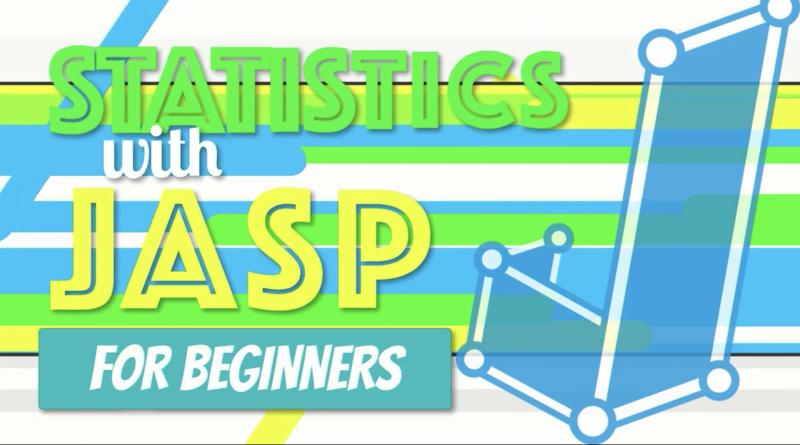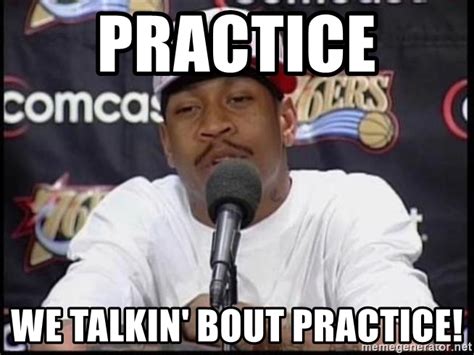Video: Correlation (SPSS for Beginners)
Video (9:52) from Research by Design and Dr. Todd Daniel, described as follows, “Using the dataset we created in the first video, we now explore the relationship between our two scale-level variables: height and weight. We will use Pearson’s correlation to measure this relationship. We will also learn about a point biserial correlation with gender.” […]
Video: Correlation (SPSS for Beginners) Read More »






